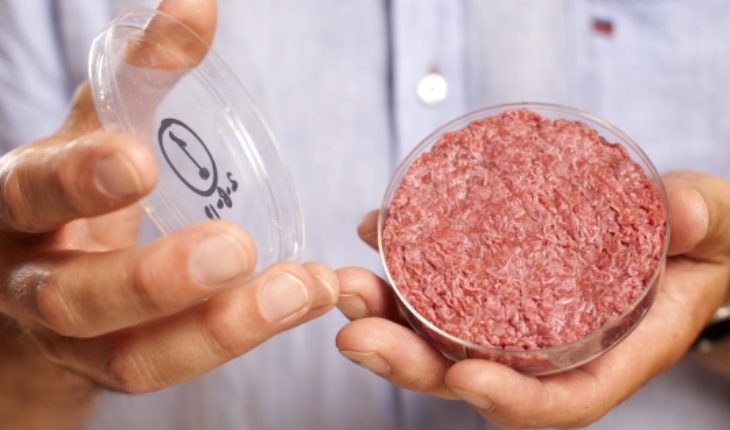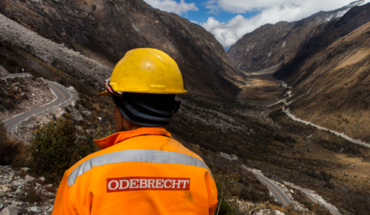To the first tasters not the idea of eating meat “synthetic” wanted them. Meat from a cow that, in the end, never existed. And is that the process to get it was different from what is known to date, with any kind of animal: at the beginning, they did have to get the muscle tissue of a cow, which could well be small. The stem cells responsible for repairing muscle were separated from the rest of the fabric and placed in an atmosphere – known as bioreactor with nutrient-rich serum. So each of them could be multiplied trillions of times to form new muscle cells.
The result was placed in a surrogate platform in which the daughter cells could create new muscle fibers. Billions of mitosis then the resulting fabric is amassed with care, resulting in a traditional ground beef-like mass. Mixed with egg and flour, added a pinch of salt and went to a frying pan with oil. Thus arose the first Burger of animal cell “raised” in laboratory.
Hanni Rützler, Austrian nutritionist, first try the Frankenburguer – as they called it several international media – commented that it seemed dry compared to a power Burger. And still stressed that the texture and consistency seemed to him perfect: “Is almost like real meat”.
Josh Schonwald, food journalist of The Washington Post, commented that fat lacked and felt the lightness in the scarf, but she became very close to a hamburger of truth.
The first experience of the meat based cells was a considerable success, thinking that it was the first public display of a product of this type.
But still needed a long way to go. Those close to 200 g of meat cost almost €250,000 (over 180 million Chilean pesos), being this a research pioneer in the applied field of cultivating animal cells for power.
Progress, possibilities and problems Winston Churchill had already predicted in 1931 a possible future for the meat industry: “will escape eventually the absurdity of raising a whole chicken to eat the breast or wing, to grow to be parts of way separated through an efficient method”.
To this day, one of the projects that has continued this research path is Mosa Meat, a startup from the same Mark Post, pharmacist at the University of Maastricht and head after the Frankenburgesa. In addition, are studying how to improve and turn profitable this meat production: under current conditions, a Burger of this type can cost $10 USD only by production costs. Away from the quarter of a million euros which cost the first, but also ten times more than the commercial price of the traditional hamburgers.
Why Meuse Meat last year received significant funds to continue with their plans to create and sell artificial meat to restaurants from 2021.
However, from Latin America, there are also initiatives that you want to add to it that could result in a food revolution without precedent.
Farm mobile, startup of cell engineering of the Instituto Tecnológico de Buenos Aires (ITBA) Sofia Giampaoli, has his eyes on optimizing costs for the creation of the flesh, between counting the value of the serum used to feed the cells that repair the muscle of the animal.
“The idea is to use glucose, recombinant proteins of vegetable origin for sugars for example, because the alternative animal is very expensive. The bioreactor tanks are also costly to maintain”, told argentina InfoTechnology.
And it is that alternatives to meat products we consume echo a series of short, medium and long term needs that the traditional industry would not be able to respond.
On advantages and disadvantages of growing in vitro meat: perspectives from the food security, Andrés Cartin-Rojas and Priscila Ortíz listed a series of requirements: the increase in the demand for dietary protein of high quality, digestibility, and value biological by consumers; the decrease in the lands available for animal breeding to fish; the ethical aspects of industry and civil society related to animal welfare assurance, among others.
And there is no reason to avoid get excited with the idea: a potential in-vitro meat industry requires a minimum compared to needing the traditional companies, according to Madsen Pirie, President of the British Adam Smith Institute. Also reduce the emission of greenhouse gases significantly: 96 percent less to 13% at the global level generated by animal breeding. And the most obvious: leading to a change in the treatment of animals intended for meat production.
translated from Spanish: Frankenburguer: five years of the first hamburger in vitro
February 7, 2019 |





